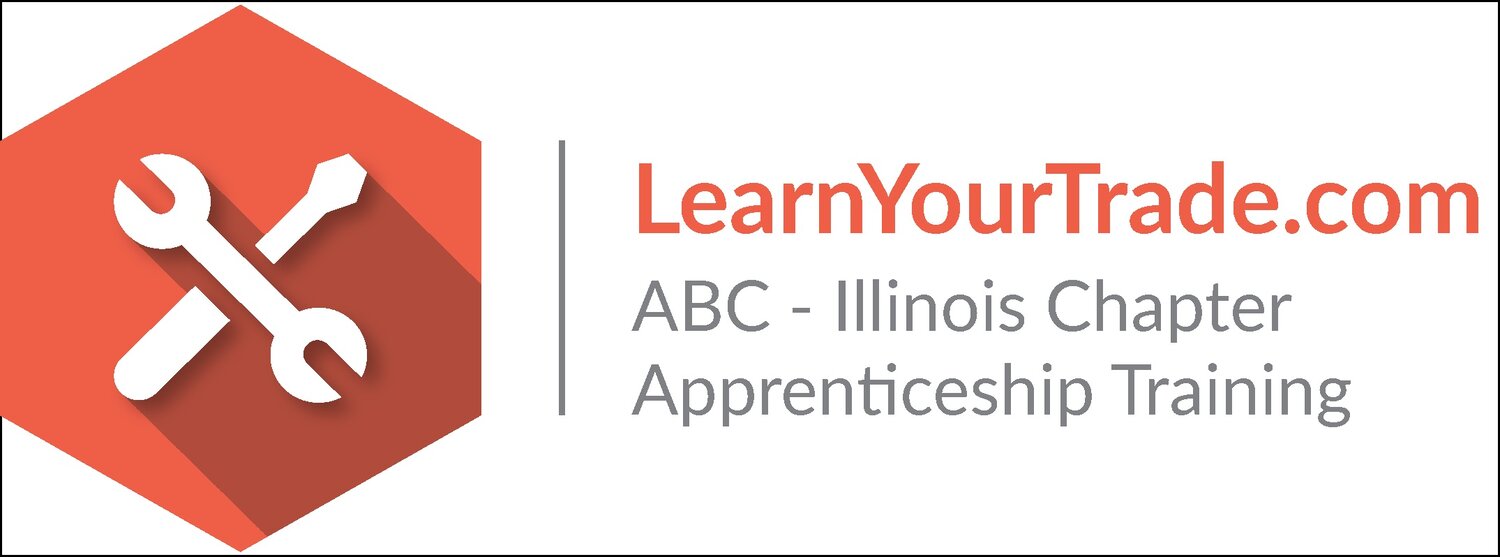
PLUMBING
Most people are familiar with plumbers who come to their home to unclog a drain or install an appliance. In addition to these activities, however, plumbers install, maintain, and repair many different types of pipe systems. For example, some systems move water to a municipal water treatment plant and then to residential, commercial, and public buildings. Other systems dispose of waste, provide gas to stoves and furnaces, or supply air conditioning. Pipe systems in power plants carry the steam that powers huge turbines. Pipes also are used in manufacturing plants, such as wineries, to move material through production processes.
Core
Core curriculum is designed as a rigorous, competency-based program for career and technical education. Core is a prerequisite to all other Level 1 craft curriculum. Completing this curriculum gives the trainee the basic skills needed to continue education in any craft area he or she chooses.
-
Explains the safety obligations of workers, supervisors, and managers to ensure a safe workplace. Discusses the causes and results of accidents and he dangers of rationalizing risk. Reviews the role of company policies and OSHA regulations in maintaining a safe workplace. Introduces common jobsite hazards and protections such as lockout/tagout, personal protective equipment (PPE), and HazCom.
-
Reviews basic mathematical functions such as adding, subtracting, dividing, and multiplying whole numbers, fractions, and decimals, and explains their applications to the construction trades. Explains decimal-fraction conversions and the metric system using practical examples. Also reviews basic geometry as applied to common shapes and forms.
-
Introduces trainees to hand tools that are widely used in the construction industry, such as hammers, saws, levels, pullers, vises, and clamps. Explains the specific applications of each tool and shows how to use them properly. Also discusses important safety and maintenance issues related to hand tools.
Provides detail descriptions of commonly used power tools such as drills, saws, grinders, and sanders. Reviews applications, proper use, safety, and maintenance. Many illustrations show power tools used in on-the-job settings.
-
Explains how ropes, chains, hoists, loaders, and cranes are used to move material and equipment from location to another on a job site. Describes inspection techniques and load-handling safety practices. Also reviews American National Standards Institute (ANSI) hand signals.
-
Recognizing hazards associated with materials handling and explains proper materials handling techniques and procedures. Also introduces materials handling equipment, and identifies appropriate equipment for common jobsite tasks.
-
Identifies the roles of individuals and companies in the construction industry. Introduces trainees to critical thinking, problem solving skills, computer systems, and their industry applications. Also reviews effective relationship skills, effective self-presentation, and key workplace issues such as sexual harassment, stress, and substance abuse.
Provides trainees with techniques for communicating effectively with co-workers and supervisors. Includes practical examples that emphasize the importance of verbal and written information and instructions on the job. Also discusses effective telephone and e-mail communication skills.
-
Familiarizes trainees with basic blueprint terms, components, and symbols. Explains the different types of blueprint drawings (civil, architectural, structural, mechanical, plumbing/piping, and electrical) and instructs the trainees on how to interpret and use drawing dimensions.
Level One
Key content includes: Introduction to the Plumbing Profession, Plumbing Safety, Tools of the Plumbing Trade, Introduction to Plumbing Math, Introduction to Plumbing Drawings, Plastic Pipe and Fittings, Copper Pipe and Fittings, Cast-Iron Pipe and Fittings, Steel Pipe and Fittings, Introduction to Plumbing Fixtures, Introduction to Drain, Waste, and Vent (DWV)Systems, and Introduction to Water Distribution Systems.
Level Two
Key content includes: Plumbing Math Two, Reading Commercial Drawings, Structural Penetrations, Insulation, and Fire Stopping, Installing and Testing DWV Piping, Installing Roof, Floor, and Area Drains, Installing and Testing Water Supply Piping, Types of Valves, Installing Fixtures and Valves, Installing Water Heaters, Basic Electricity, and Fuel Gas and Fuel Oil Systems.
Level Three
Key content includes: Applied Math, Sizing Water Supply Piping, Potable Water Treatment, Backflow Preventers, Types of Venting, Sizing DWV and Storm Systems, Sewage Pumps and Sump Pumps, Corrosive-Resistant Waste Piping, and Compressed Air.
Level Four
Key content includes: Business Principles for Plumbers, Introductory Skills for the Crew Leader, Water Pressure Booster and Recirculation Systems, Indirect and Special Waste, Hydronic and Solar Heating Systems, Codes, Servicing Piping Systems - Fixtures and Appliances, Private Water Supply Well Systems, Private Waste Disposal Systems, Swimming Pools and Hot Tubs, and Plumbing for Mobile Homes and Travel Trailers.

